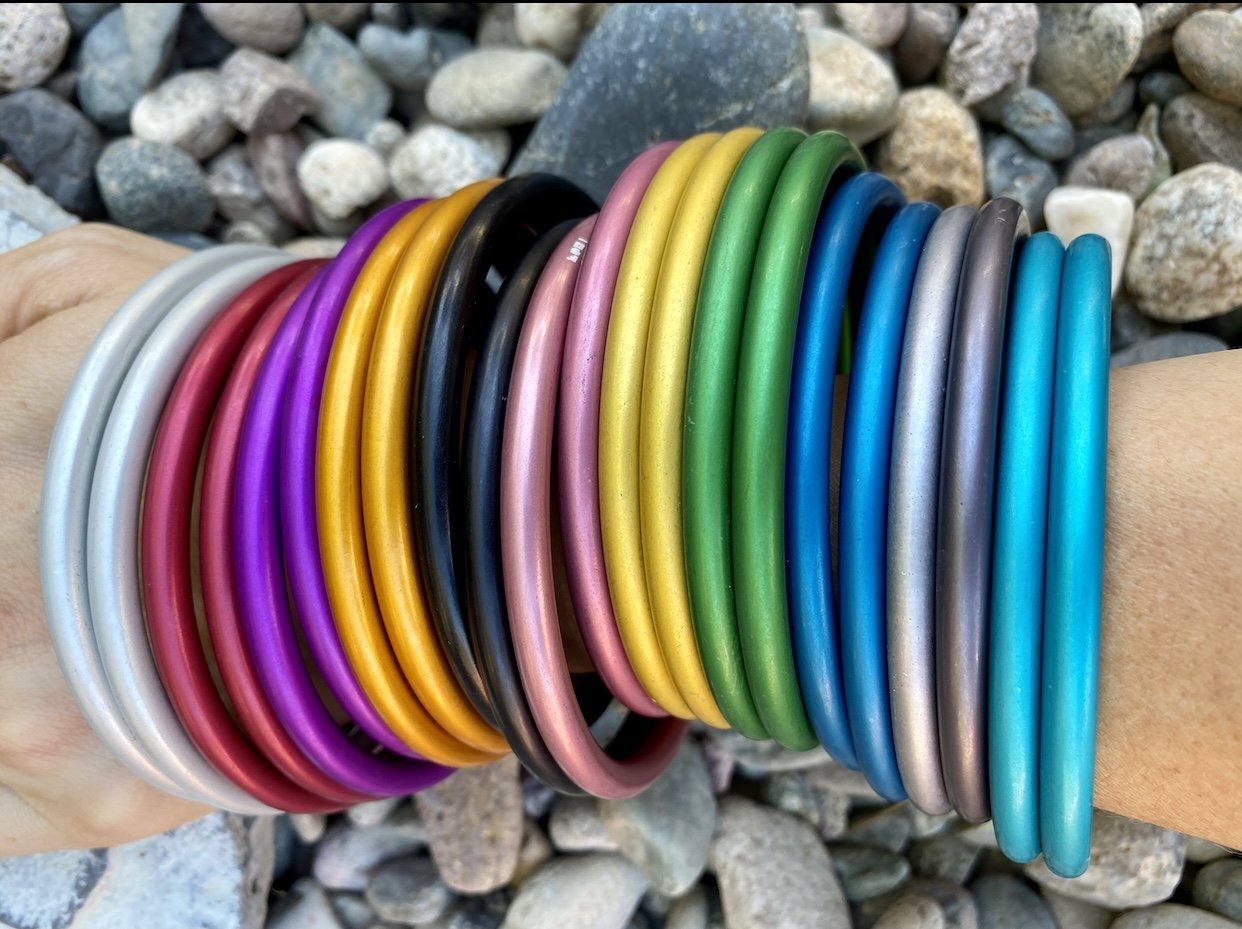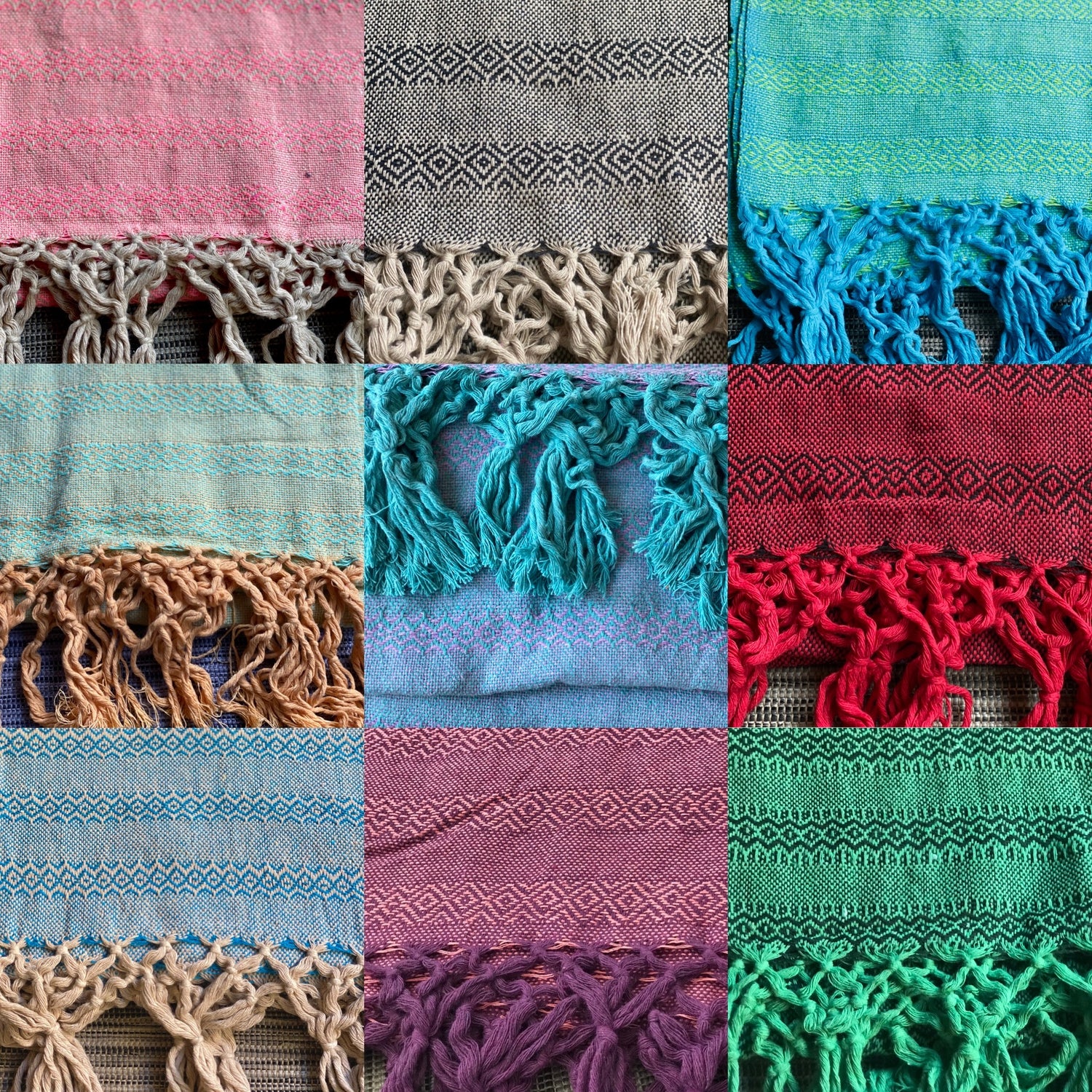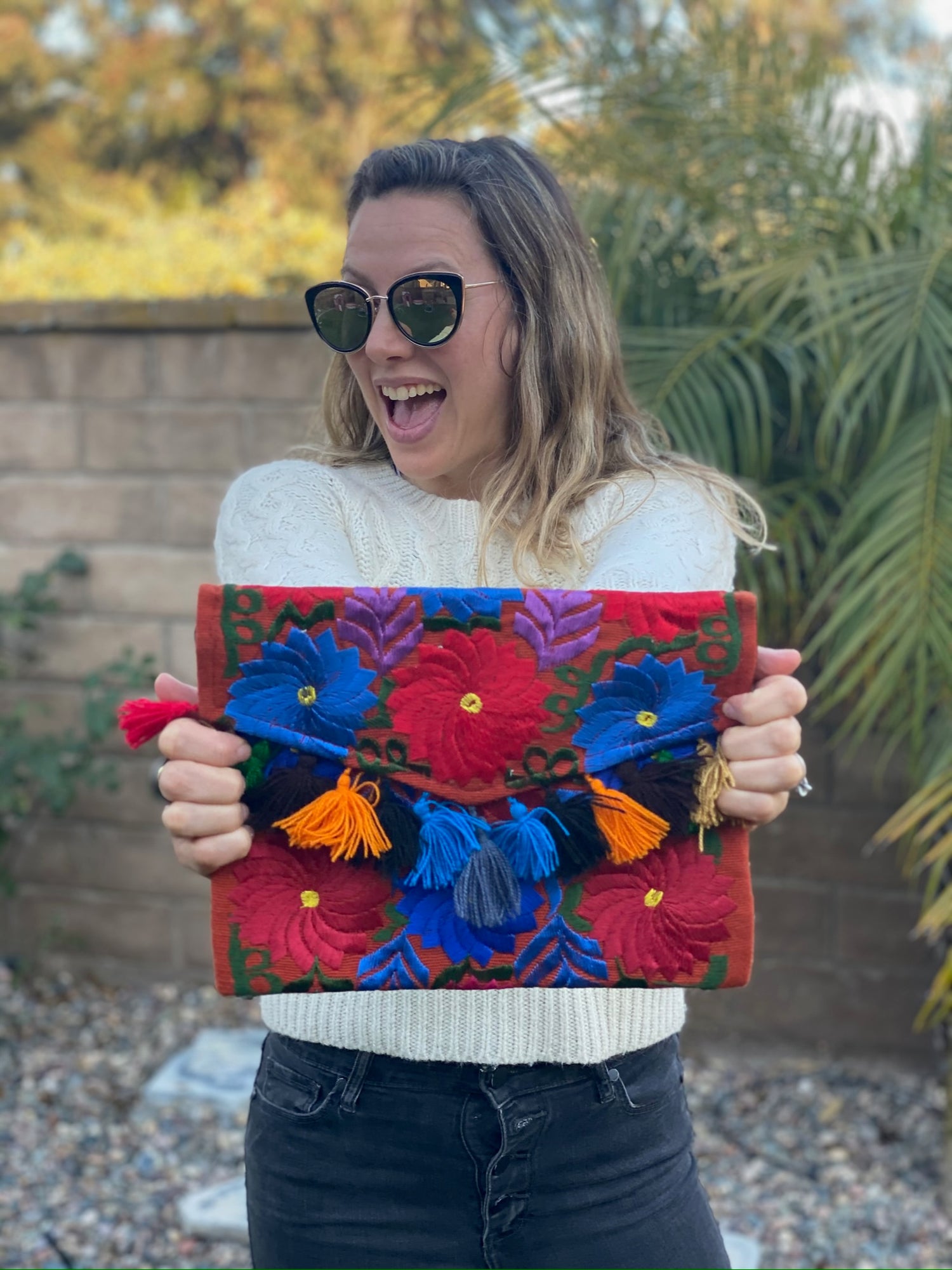Rebozos are more than simple shawls; they are vibrant expressions of regional culture and history in Mexico. Each state showcases its own unique styles influenced by local traditions, colors, and weaving techniques.
Understanding these differences allows you to appreciate the rich heritage and artistry that each rebozo represents.

From the intricate patterns seen in the rebozos of Michoacán to the colorful designs of Oaxaca, every piece tells a story of its origin. You will discover how these garments reflect both the historical context and the contemporary significance within Mexican culture. Whether used in everyday life or special ceremonies, rebozos remain a vital link to the past.
By learning about the diverse styles and their meanings, you can deepen your appreciation for this beautiful part of Mexican heritage. This journey through the unique characteristics of rebozos from different Mexican states will not only enrich your knowledge but also enhance your connection to this cherished tradition.
Key Takeaways
- Rebozos reflect the diverse cultural heritage across Mexican states.
- Each rebozo style tells a story rooted in history and tradition.
- Understanding these shawls enriches your connection to Mexican culture.
The Cultural Tapestry of Mexican Rebozos

The rebozo is not just a shawl; it represents a rich history, regional diversity, and artistic expression. Understanding its cultural tapestry helps you appreciate the significance of this traditional garment.
History and Evolution of the Rebozo
The origins of the rebozo trace back to pre-Hispanic times, where it served practical purposes for indigenous women. The Spanish colonization introduced new textiles and techniques, leading to a blend of indigenous and European designs.
The Manila galleon trade further influenced rebozo patterns and materials, incorporating silk and cotton into its fabric.
Over the centuries, the rebozo has adapted through different historical moments, including the Mexican War of Independence. It has become a symbol of cultural identity, representing the resilience and heritage of Mexican communities. Its evolution reflects both local customs and wider cultural exchanges.
Regional Variations and Characteristics
Rebozos differ significantly across Mexico’s states, each showcasing unique characteristics. For instance, the rebozo from Oaxaca features intricate embroidery and vibrant colors, often using natural dyes like indigo.
The Chiapas rebozo commonly incorporates bold patterns with geometric designs that showcase indigenous artistry.
In Tenancingo, artisans are known for their skillful weaving techniques, producing lightweight rebozos perfect for daily use. Meanwhile, Michoacán styles often include wool and thicker materials, suitable for colder climates. Each region’s rebozo serves not only as clothing but also as a canvas for storytelling.
Artistic Expression and Symbolism
The rebozo is a powerful medium of artistic expression. Each design tells a story, with patterns symbolizing elements of indigenous culture and heritage. Common motifs include floral designs and intricate fringes, which add texture and depth to the garment.
Noteworthy figures such as Frida Kahlo and María Félix have highlighted the rebozo in their art, showcasing its cultural significance. The use of traditional techniques like ikat and embroidery emphasizes the craftsmanship of artisans. Your understanding of these elements enhances your appreciation for the rebozo as a vital part of Mexico’s cultural identity.
Contemporary Use and Preservation

The rebozo remains a vital part of Mexican culture today. Its contemporary use reflects both innovation and respect for tradition, ensuring its relevance in modern society. This section explores how the rebozo is celebrated in fashion, retained in daily life, and recognized as a symbol of cultural identity.
Modern Fashion and Design Innovation
Today, designers incorporate the rebozo into modern fashion. Many create garments that blend traditional techniques with contemporary styles. Handwoven fabrics showcase vibrant colors and unique patterns, appealing to a wide audience.
Fashion shows and collections often highlight the rebozo, showcasing its versatility as both clothing and accessory. Designers honor the craftsmanship of indigenous women, elevating these textiles while providing a platform for their stories.
Increasingly, the rebozo is used in high fashion, worn by models on runways or featured in art exhibitions. This attention helps preserve the tradition while attracting a new generation interested in Mexican heritage.
Rebozo in Ceremonies and Daily Life
The rebozo holds an important place in ceremonies and everyday life. It is common to see women wearing rebozos on special occasions, such as weddings or religious events. The warmth and comfort of this Mexican shawl symbolize love and protection.
Moreover, rebozos are often used in childbirth and other significant life events. Their soft fabric provides comfort for both mothers and newborns, making them valuable during these moments.
In daily routines, many Mexican women use rebozos as practical items, such as carrying groceries or wrapping children. This practicality, combined with cultural significance, shows how the rebozo remains woven into the fabric of everyday life.
Rebozo as a Symbol of Mexican Identity
The rebozo represents more than just clothing; it embodies Mexican identity and cultural heritage. Each handcrafted piece tells a story about the artisan, their community, and their traditions. This connection reinforces the sense of belonging among Mexican women.
Wearing a rebozo can express pride in one's roots and femininity. The vibrant colors and designs serve as a reminder of the cultural richness of Mexico. Museums often feature rebozos in exhibitions that celebrate this heritage, educating visitors about its significance.
Owning a rebozo is a way for you to embrace and honor Mexican culture. This timeless garment not only connects generations but also strengthens your cultural identity.
Frequently Asked Questions

You may have questions about the unique styles and uses of rebozos across different regions in Mexico. This section addresses those queries and provides insights into the characteristics, functions, and cultural significance of this traditional garment.
What are the distinguishing characteristics of rebozos from various regions in Mexico?
Rebozos vary in style and technique depending on their region of origin. For example, rebozos from the state of Michoacán are often made from fine silk and feature intricate fringe, while those from Oaxaca showcase bold colors and distinct patterns. Each region's unique weaving methods and materials contribute to these differences.
How are rebozos utilized during pregnancy and childbirth in different Mexican traditions?
In many Mexican cultures, rebozos serve a practical role during pregnancy and childbirth. They are often used to support a pregnant woman’s belly or to wrap the newborn. This practice is rooted in traditions that promote comfort and protection during these important life stages.
Can the regional origin of a Mexican rebozo be determined by its weaving or embroidery patterns?
Yes, the weaving and embroidery patterns of a rebozo can often reveal its regional origin. Specific patterns, colors, and techniques are associated with particular states in Mexico. For instance, rebozos from Guerrero may use specific motifs that tie back to local heritage and identity.
What role does the rebozo play in traditional Mexican ceremonies and celebrations?
Rebozos have significant cultural roles in various Mexican ceremonies. They often feature in weddings, quinceañeras, and religious events where they are used to express identity and tradition. Wearing a rebozo at such occasions symbolizes family ties and cultural pride.
How has the function and symbolism of the rebozo evolved in Mexican culture?
Over time, the rebozo has evolved from a practical item into a symbol of cultural identity. While it was once used primarily for functional purposes, it is now recognized as an artistic expression and a fashion statement, blending traditional craftsmanship with modern style.
In what ways are rebozos differentially styled as shawls and head wraps across Mexican states?
Rebozos can be worn in various styles, with some regions favoring them as shawls, while others prefer them as head wraps. This variation reflects local customs and personal preferences. It highlights how a single item can serve multiple purposes depending on the context and culture.




